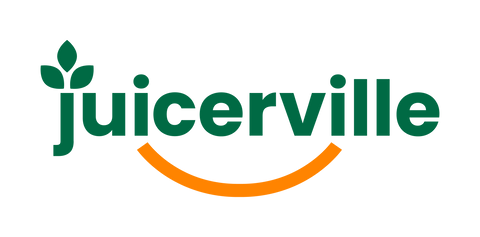If you're ready to take your health to the next level, then consider adopting a raw food lifestyle. A diet consisting of raw fruits and vegetables, nuts, seeds and sprouted grains can have an unbelievable positive impact on your mind, body and soul.
Raw Food Lifestyle
Whole foods are an integral part of a healthy lifestyle as they are rich in vitamins, enzymes, and phytonutrients. A raw food, plant-based diet is typically low in sodium, and free from added sugars, preservatives, and unhealthy additives. When we eat food in its raw form, we feed our bodies natural enzymes that are vital to our health and digestion, whereas cooking at temperatures above 48C destroys these natural enzymes. By eating raw foods, we not only feel incredible, we look amazing too.
Amazing Health Benefits of Raw Food
A diet made up wholly or partially of raw foods can help you lose weight, clear your complexion, improve your digestive health, promote better sleep, and lower your chances of developing chronic diseases like diabetes, heart disease, and cancer.
25 Must-Know Raw Food Terms
Whether your diet consists of 100, 80, 40 or 20 percent raw foods, this lifestyle has the power to transform your health. To help you navigate the raw food lifestyle, you will want to brush up on your raw food terminology. Here are 25 terms that will make you feel like an expert:
- Alkalizing: highly alkaline foods, such as fresh vegetables, fruits and unprocessed plant-based sources of protein, help your body maintain a more balanced pH level (see #19), which protects healthy cells and balance essential mineral levels.
- Cleanse: also known as detox, it's the process of ridding the body of harmful toxins, and may target a specific organ, such as the liver.
- Cold-pressed: method of extracting oil or juice that involves crushing the fruit, seeds, nuts, etc. through pressure and without the use of heat, which affects the taste and nutrition.
- Dehydration: a form of food preservation, foods are dried using a dehydrator (usually at temperatures of 37 to 49C).
- Digestive system: the group of organs that work together to convert food into energy and basic nutrients to nourish your body.
- Enzymes: proteins that act as catalysts within living cells and break down foods so your body can more easily absorb from raw foods.
- Fermentation: form of food preservation whereby natural bacteria feeds on the sugar and starch in foods (sauerkraut, pickles, apple cider vinegar) and creates lactic acid, which aids in digestion and increases immune response.
- Fiber: many foods contain both soluble and insoluble fiber, which help control blood glucose (sugar), reduce cholesterol, and prevent constipation.
- Freeze drying: a form of food preservation, foods are cooled to -40C and then all of the moisture is removed using a freeze dryer.
- Fruitarianism: a diet made up exclusively or mostly of fruits, seeds, and certain vegetables.
- Juicing: extraction of juice using a juicer that pulverizes fruits, herbs, greens and vegetables.
- Living foods: uncooked fruits, vegetables, nuts and seeds, sprouted legumes and fermented foods.
- Macronutrients: energy-providing molecules found in your food (carbohydrates, lipids/fats, and proteins).
- Nut milk: a substitute to dairy milk, made by soaking raw nuts (almonds, cashews, coconut) and then blending with fresh water using a food processor or blender.
- Nutrients: molecules found in foods that your body uses to make energy, grow, and develop.
- Raw foodists or Rawists: individuals whose diets are made up mostly of raw foods, which may or may not include animal products.
- Raw vegan: a diet that excludes all animal products and is composed of uncooked fruit, vegetables, nuts, seeds and sprouted grains and legumes.
- Raw food: food that is grown and has not been heated beyond 40-45C (threshold varies, depends on who you ask).
- pH (Potential for freeing Hydrogen ions): the pH scale measures the acidity or alkalinity of a substance. The scale runs from 0 to 14, with 0 being the most acidic, 14 being the most alkaline, and 7 being neutral. Our bodies generally maintain a pH very close to 7.4, which is just on the alkaline side of neutral, so when this varies too much, it is difficult for various enzymes to function properly and our health suffers.
- Phytonutrients: compounds found in plants that work with other nutrients to promote good health.
- Protein powder: raw, vegan commercially prepared protein powder can be used to supplement your diet, if desired although not necessary.
- Sproutarianism: a diet mainly of sprouted seeds.
- Sprouting: seeds, nuts and beans that have been soaked in water.
- Vegan: a diet that excludes all animal products.
- Vegetarianism: a diet that excludes all animal flesh, including poultry, game, fish, shellfish or crustaceans; raw vegetarianism allows for uncooked fruit, vegetables, sprouts, nuts, seeds, grains, legumes, dairy, eggs and honey.
Are you considering a raw food lifestyle?
Tell us how we can help!

